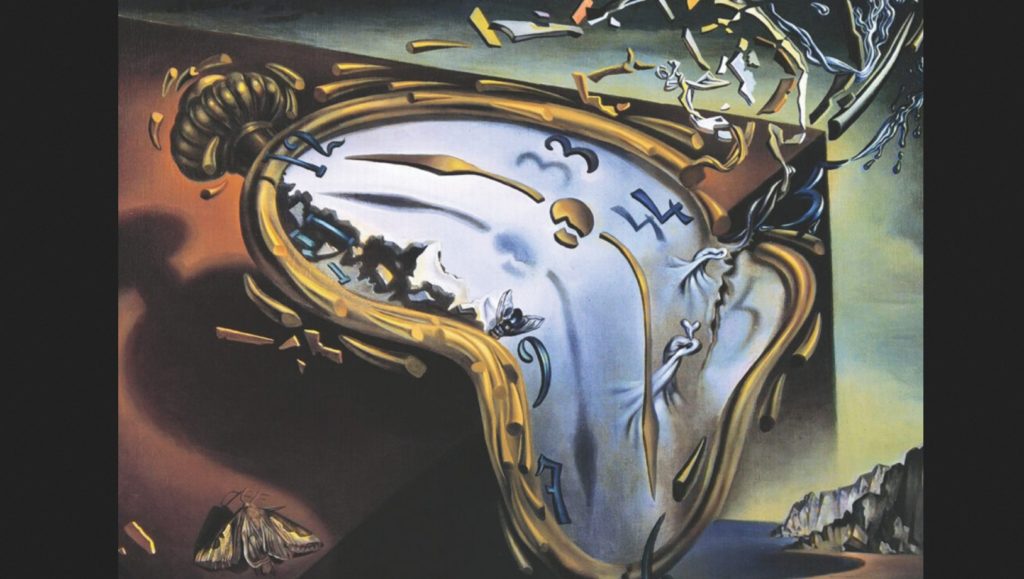Jeffrey Tucker’s article examined the persistent disruption caused by seasonal time changes, known as Daylight Saving Time (DST). He illustrates how this practice has been ingrained in society from childhood, where individuals are taught to “spring forward” and “fall back.” However, Tucker contends that the justification for DST—extending daylight hours—doesn’t hold water, as the daylight gained in the morning is merely borrowed from later in the day. Such an arbitrary manipulation of time ultimately demonstrates that government cannot create more daylight, likened humorously to the notion that cutting a blanket to make it longer is nonsensical. The author articulates that maintaining one stable time throughout the year would avoid the disruption that causes confusion, sleep patterns to shift negatively, and contributes to increased health issues.
Despite the mechanical ease of adjusting time in the digital age, Tucker notes that many clocks still need manual intervention, causing additional frustration twice a year. The impact of DST on health is extensively documented, with studies linking it to disturbances in sleep, increased incidents of depression, and a rise in car accidents. This pattern reveals how deeply our biological systems are intertwined with natural daylight. The question arises: if widespread public dissatisfaction with DST exists, why does it persist? Tucker posits that this is because of inertia; the system has simply continued without a clear way to abolish it, despite there being no substantial lobbying force advocating for its removal.
Interestingly, Donald Trump’s political stance against DST reflects an understanding of public sentiment, signaling a potential end to this long-resent practice. Tucker expresses excitement over this possibility, as he acknowledges the confusion DST brings to people of all ages and the longstanding origins of the system, dating back to World War I as a means of energy conservation. It alludes to a penchant for manipulating natural systems under the veneer of sophisticated planning, which Tucker argues is misled. The initial motivations can be traced back to industrial growth and mechanized efficiencies, with elites believing they could alter something as fundamental as time itself. This arrogance resonates with earlier historical conflicts around time standardization in the U.S., further complicating the relationship we have with regulated time.
Before standardized time was introduced for railroads, communities set their clocks according to the sun’s position, an arrangement that felt natural and intuitive. The control that industrial powers exerted over time catalyzed a shift where local time was subordinated to railroad schedules and commercial interests. Tucker finds it intellectually shocking that such an imposition was accepted in the past. He encourages readers to explore their actual local solar time as a reminder of this disconnection, arguing that the current system results in a detachment from the natural rhythms of life.
Tucker’s reflections encourage a reconsideration of how we perceive and manage time today, paralleling contemporary movements to reevaluate medical practices, like the fluoride in drinking water. He celebrates the potential for political changes to align with public sentiment, acknowledging the potential good in abolishing DST. Nonetheless, Tucker advocates for an even more radical restructuring: abandoning time zones altogether. He argues that the real issue lies in the very existence of these zones; both DST and Standard Time are artificial constructs that distort our understanding of time. He posits that adhering to local solar time is a return to a more natural way of living that recognizes the sun as the genuine timekeeper.
Lastly, Tucker suggests a global shift to Coordinated Universal Time (UTC) for organizing schedules, which could simplify cross-distance communications and meetings. This conceptual shift, while initially challenging, promises to remove many of the complexities stemming from time zone discrepancies. Advocating for the repeal of DST is merely a starting point in addressing the broader and more systemic issues that arise from legislated time practices. His ultimate hope is for a society to become unburdened from the impositions of artificial time constructs, allowing individuals to align more closely with their natural environments and the rhythms that govern them, thus moving towards a future without the hassle of seasonal time changes.

